Autumn is often referred to as the best time of the year by gardeners.
Soft soil, cooler weather and plenty of rainy days to bed all the new treasures in.
With a little elbow-grease now the garden will give back colour and abundance all year.
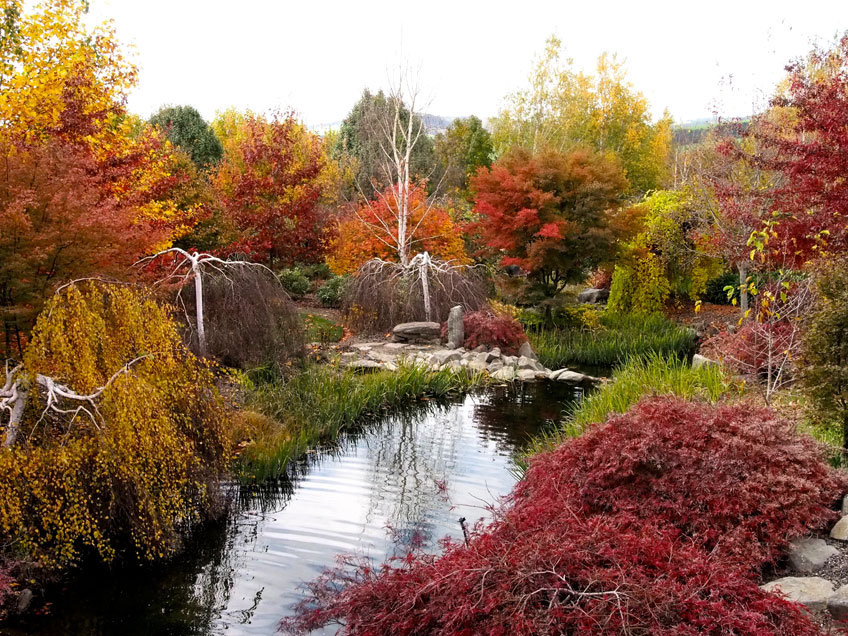
Autumn colour at Mayfield Garden near Oberon NSW. Photo - Robin Powell
1. Plant bulbs!
Plant bulbs and garlic. Daffodils, freesias, tulips are just a few of the spring flowering bulbs that should go in this month. We like repeat flowerers
like Drumstick alliums, Dutch Iris and ixia.
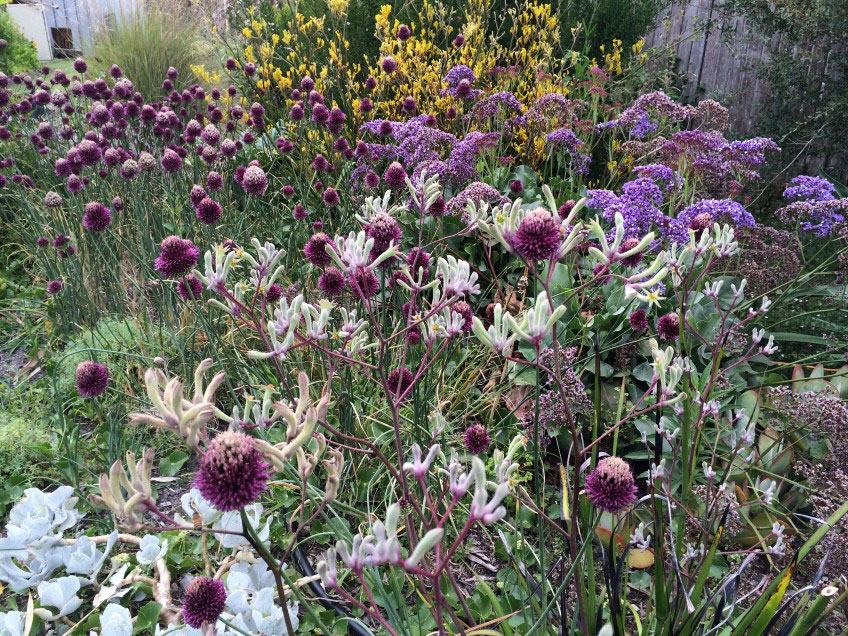
Alliums look great in Linda's garden in early summer. Plant them now and you can have this to look forward to! Photo - Linda Ross
2. Torch the scorch
Now that the risk of extremely hot weather has passed we can cut back all scorched foliage. Pull off yellowing leaves from agapanthus.
3. New from old
Make new plants from cuttings. Take 10cm cuttings from hardwood herbs such as rosemary and bay or natives such as banksias, grevillea and coastal rosemary.
Remove the lower leaves, dip cuttings into hormone powder and pot in small containers of premium potting mix. Keep just moist and shelter from strong
wind and sun.
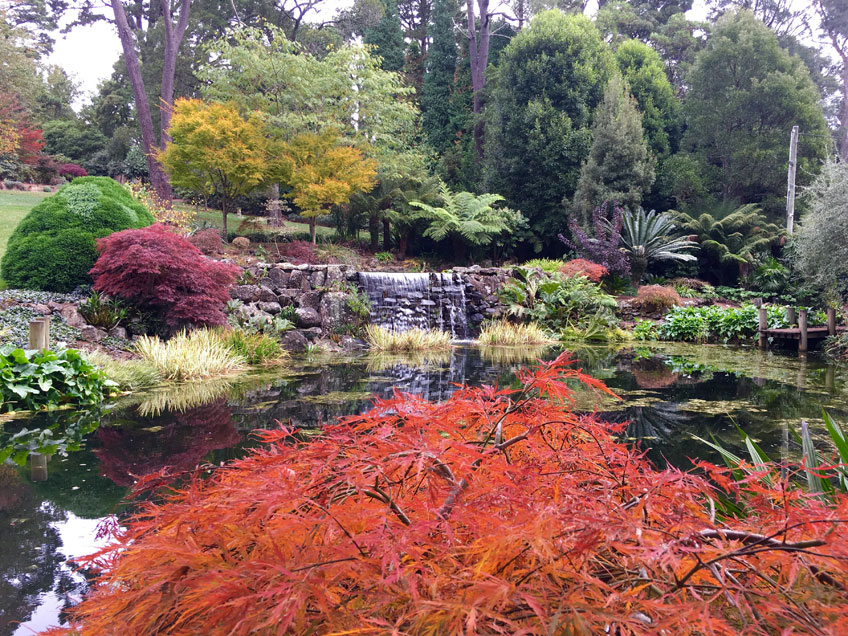
'Windy Ridge' at Mt Wilson in the NSW Blue Mountains
4. Trim hedges
Before the onset of winter prune your hedge to keep it compact and bushy from ground level up.
5. Go west!
Head to the hills and fill a bag with fresh apples from the orchards. Bilpin is only an hour from most parts of Sydney, and is on the way to the Blue Mountains
Botanic Garden at Mt Tomah.
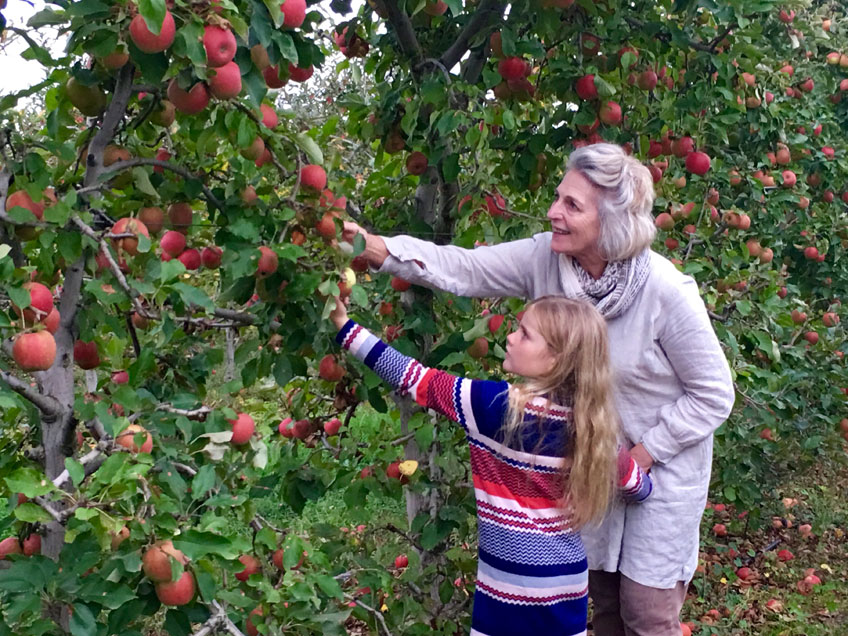
Melaleuca shows Sandra Ross how to choose the best apple. Photo - Linda Ross
6. Check your lawn
Check your lawn and make sure any weeds you sprayed are dying. Repeat the treatment if necessary. Aerate the lawn with a garden fork and scatter lime lightly
over it. This sweetens the soil after many years of lawn food application. Rejuvenate tired lawns with an autumn feeding to ready them for the onset
of cool winter weather. Control army worm with Professor Mac's 3 in 1 or Ecogrub.
7. Check for borer
Check for borer damage on all deciduous trees, paying attention to the trunk at soil level. It‘s easier to check when trees are dormant and bare. Use clothes
wire to insert.
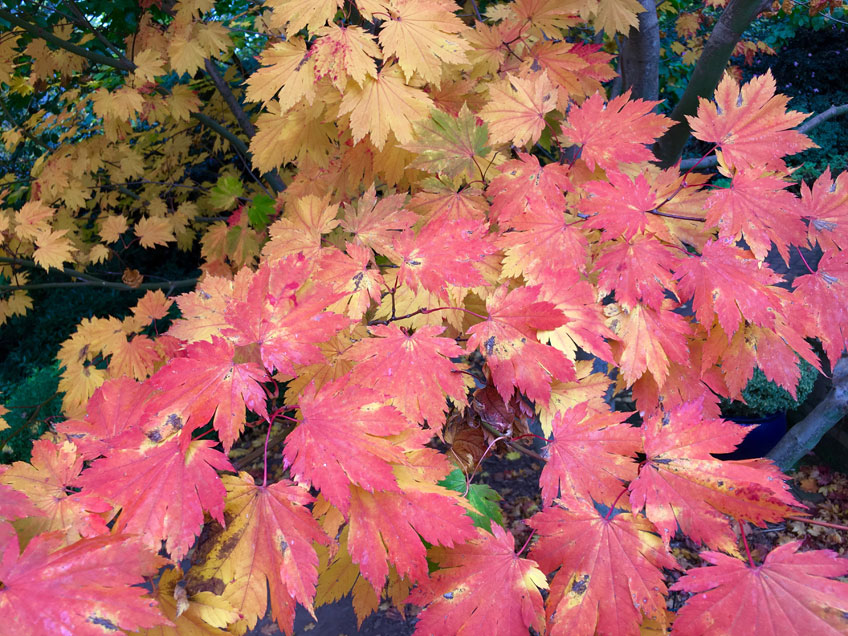
Autumn maple leaves. Photo - Linda Ross
8. The no-grow zone
Don’t try to cultivate soil beneath large trees; you will only damage the roots. Make planting holes between the roots instead and insert small plants
with tiny root systems that establish themselves readily. Bromeliads thrive under trees plant straight into mounds of cheap pine bark.
9. Autumn resource
Don't fill your green bin with autumn's gold. Transfer the leaves that fall on your garden and lawn to the compost bin on a regular basis. It's the best
free gift nature provides. It makes the best compost and if left it will smother your plants and grass.
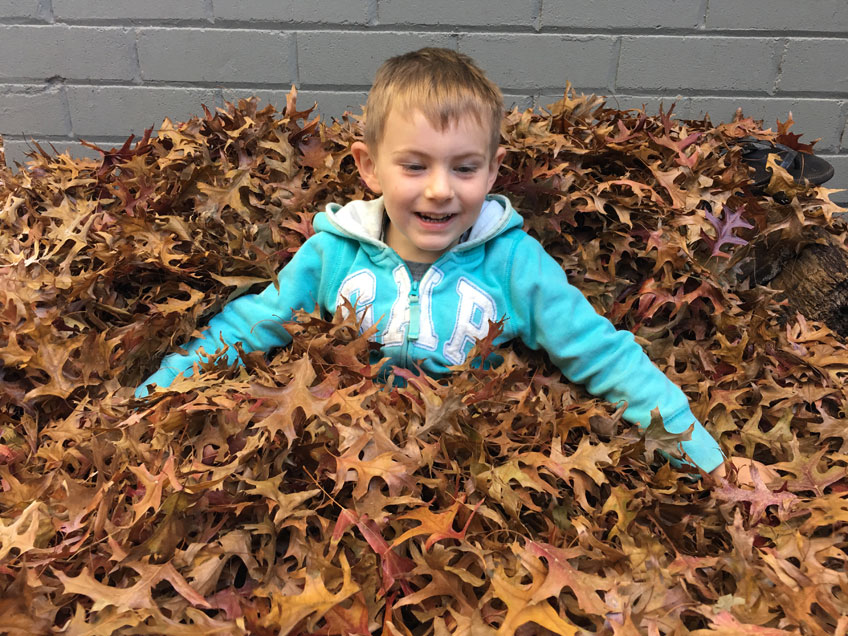
Put the leaves (not the grandkids) on the compost! Photo - Linda Ross
10. Don't lose your head
Don’t rush to prune spent seed heads.They provide a wealth of food for birds that visit the garden. Magnolia fruit attract parrots who feast on their seeds.
11. Give orchids their moment in the sun!
If you have cymbidium orchids, they should be placed in full sunshine to encourage good flower spikes during winter and spring.
12. Divide and prosper
Divide evergreen perennials. Lift them from the soil, divide at the root and re-plant into well-conditioned soil.